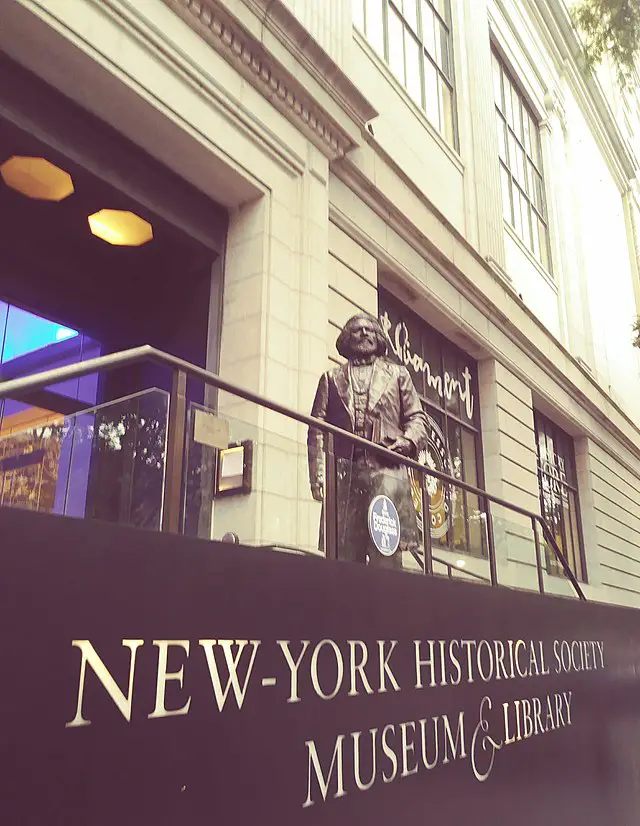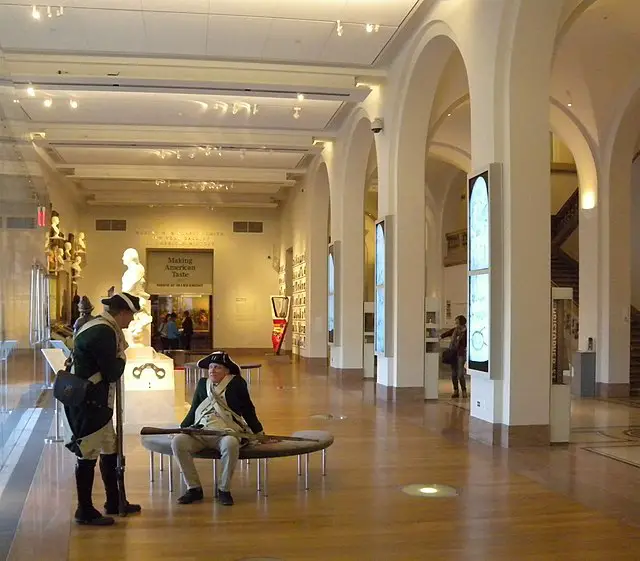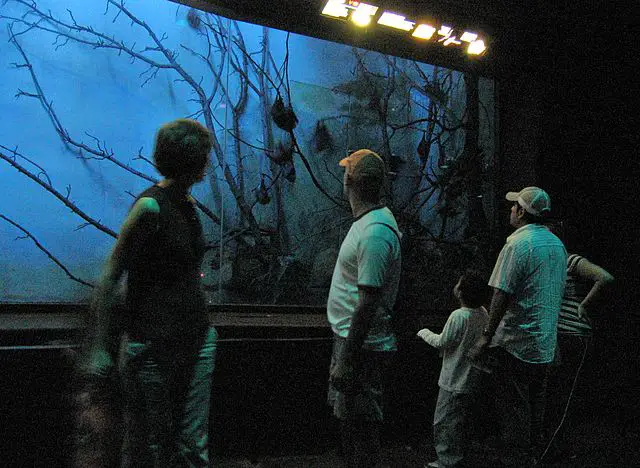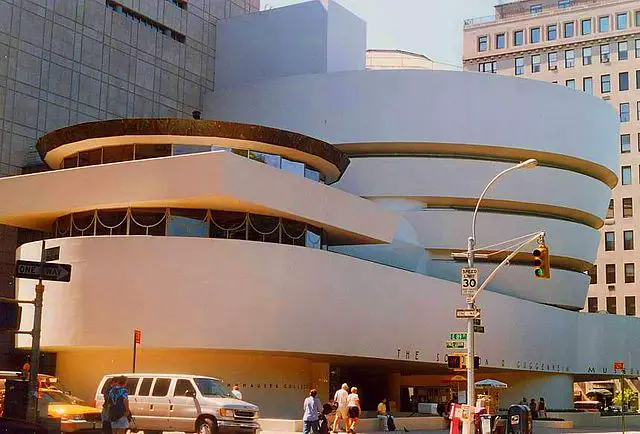


The New-York Historical Society is a museum and library dedicated to American history located in New York City’s Upper West Side, along Central Park West between 76th and 77th Streets. It was established in 1804 to serve as New York’s first museum. It offers exhibits, community events, and research that examine the history of the city and the country. Since 1908, the New-York Historical Society Museum & Library has been housed in its current site. York & Sawyer created the granite structure in the traditional Roman Eclectic architecture. The structure is a recognised landmark in New York City. A refurbishment that was finished in November 2011 improved the building’s usability for the general public, made room for an interactive kids’ museum, and made it easier to access its contents. Since 2004 Louise Mirrer has served as the Historical Society’s president. She formerly served as the City University of New York’s Executive Vice Chancellor for Academic Affairs.
The museum opened a two-year exhibition on Slavery in New York in 2005, its biggest theme show in 200 years on a subject it had never previously explored. It was a gallery showing of artwork created by invited artists using museum objects as inspiration. The Society primarily concentrates on Manhattan’s expanding city centre. The Long Island Historical Society, subsequently known as the Brooklyn Historical Society, was established in Brooklyn in 1863. Reenactment of colonial loyalist soldiers defending the Society building against George Washington’s rebels. The New-York Historical Society is home to a sizable collection of antiquities, works of American art, and other resources that trace the development of New York and the United States. It features thoroughly researched exhibits on a range of subjects and eras in American history, including Clara Driscoll, the designer of Tiffany, George Washington, Alexander Hamilton, Slavery in New York, The Hudson River School, Abraham Lincoln, and Ulysses S. Grant.
The Society also sponsors academic scholarships, plans public events for adults, and provides a wide range of curriculum-based school programmes and teacher resources. These initiatives are all designed to encourage lifelong learning and a profound understanding of history. Since 1804, the Museum and Patricia D. Klingenstein Library have served as a premier historical destination. By sharing the histories of the many communities of the city and country, they help us better understand who Americans are and how they came to be. Through these initiatives to preserve the past and shape the future, Recommended time frame is 1-2 hours.
On a huge plot of land at the southern end of Bronx Park, close to the New York Botanical Garden, the Bronx Zoo first opened its doors in 1899. At 265 acres, it is currently the biggest urban zoo in the country. Since saving the American bison from extinction in 1907 and being established by the Wildlife Conservation Society (WCS), the location has been at the forefront of conservation. The Bronx Zoo was founded with the goal of providing both visitors and animals with a safe, natural environment while preserving the regional ecosystem of the Bronx River Watershed. Warren H. Manning and Harold Caparn created the zoo’s enclosures in collaboration with the original director William T. Hornaday, frequently blending different animal species in their natural habitats. At a time when the majority of zoos resembled prisons more than natural settings, their strategy was revolutionary. The property was organised around Heins and Lafarge’s Astor Court, which is oriented with Fordham Road’s Rockefeller Fountain and Paul Manship’s bronze Rainey Memorial Gates (which were added to the National Register of Historic Places in 1972). Natural elements were used into its scenic design, including soft, curving topography, local vegetation, and rock outcroppings that were blended into areas for both animals and people. This includes the well-known rocking stone, which weighs 30 tonnes and is perfectly balanced. It has been a key component of the zoo’s visitor experience ever since it opened.
As boat trips were offered throughout the zoo’s early years, the Bronx River itself grew in popularity. Today’s tourists can wander along the Mitsubishi Riverwalk and enjoy views of the river. The Congo Gorilla Forest, the largest copy of an African rainforest in the world, is an example of how initiatives that balance conservation and design innovation enhance the zoo’s goal. Tickets must be reserved in advance online.






Although the Solomon R. Guggenheim officially opened in 1959, the museum actually debuted as the Museum of Non-Objective Painting in 1939. It now houses one of the most outstanding and complete collections of Modern art, ranging from mid-19th-century Realism to Postmodern sculpture and installation. One of the richest museums in the world devoted to modern art is the Solomon R. Guggenheim Museum. Today, the Guggenheim Foundation, its parent , is a global network of museums with top-tier buildings in Berlin and Venice. Frank Lloyd Wright’s iconic 20th-century architectural design for the museum building, which took 15 years to plan and construct and was finished in 1959, sparked debate because of the peculiar shapes of its exhibition spaces. It is made up of a ten-story annexe to the north-east, a four-story “monitor” to the north, and a main gallery with a bowl-shaped design and six stories to the south. A central ceiling skylight, a six-story helical ramp, and other features may be found in the main gallery. There are additional galleries in the annexe, a learning centre in the basement, and The Thannhauser Collection is held in the top three stories of the monitor. When the annexe was constructed in 1990–1992, the structure underwent substantial restorations and enlargement, then again in 2005–2008. The foundation of the museum’s collection, which has expanded throughout the years, is made up of a number of significant private collections, starting with Solomon R. Guggenheim’s. As of 2022, the collection—which consists of about 8,000 pieces—is shared with sister institutions at other museums, including those in Bilbao, Spain. The museum had approximately 1.2 million visitors in 2013 and held the most well-liked show in New York City. Many New York City museums are closed on Mondays, but the Guggenheim Museum is open. When scheduling your vacation, try to avoid a Monday visit because of the heavy traffic on these days. If you must go on Monday, try to go between 10 and 11 am while the crowds are still thin. On Saturday evenings, admission to the museum is also available for less money on a “pay what you wish” basis. Keep in mind that there will likely be a lot of people around at this time, so plan to conclude your tour before 4 pm. The Jewish Museum and the Neue Galerie are among further nearby attractions. Take the elevator up and down from the top while visiting to make the experience more smooth.
